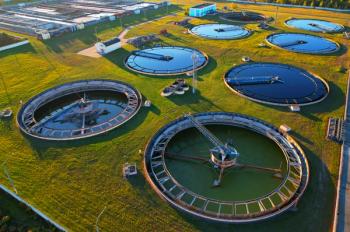
Wednesday Afternoon Session - Separations at the Edge: High Temperature, Pressure and Speed II
The session titled ?Separations at the Edge: High Temperature, Pressure and Speed II? is a continuation of Tuesday?s Part I session and will be chaired by Gert Desmet of Vrije Universiteit Brussel (Brussels, Belguim) and Uwe Neue of Waters Corporation (Milford, Massachusetts) in Ballroom B.
The session titled “Separations at the Edge: High Temperature, Pressure and Speed II” is a continuation of Tuesday’s Part I session and will be chaired by Gert Desmet of Vrije Universiteit Brussel (Brussels, Belguim) and Uwe Neue of Waters Corporation (Milford, Massachusetts) in Ballroom B.
The first of four presentations will be given by James W. Jorgenson from the University of North Carolina (Chapel Hill, North Carolina) and is titled "Liquid Chromatography with Capillary Columns, Micronsized Particles and Ultra-High Pressures."
Anthony Edge of Thermo Fisher (Runcorn, United Kingdom) will present "Use of Silica Based Porous Graphitic Carbon at Elevated Temperatures in Liquid Chromatography," next. This topic will be of interest to many chromatographer looking to expand their LC applications.
"Effect of Pressure on the Retention of Low Molecular Weight Solutes in Ultra-High Pressure Liquid Chromatography," will be presented third by David V. McCalley of the University of the West of England (Bristol, United Kingdom) in conjunction with Global Process R&D, AstraZeneca (Macclesfiled, United Kingdom) and Waters Corporation (Milford, Massachusetts).
The fourth, and final, presentation in this session will be given by Tivadar Farkas of Phenomenex (Torrance, California) and is titled, "Core-shell Particles at the Highest Level of Chromatographic Performance." All four of these topics will focus on the latest technology and advance in liquid chromatography. This session is definitely a must-see for any LC scientists.
Newsletter
Join the global community of analytical scientists who trust LCGC for insights on the latest techniques, trends, and expert solutions in chromatography.





